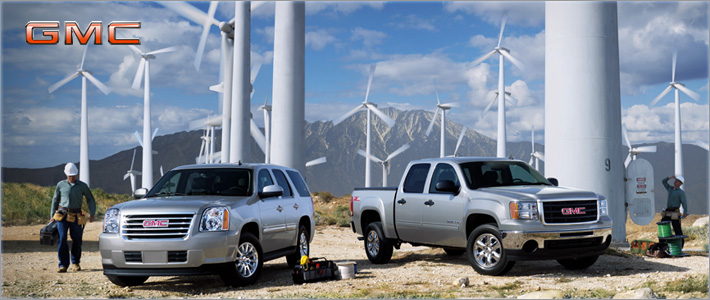
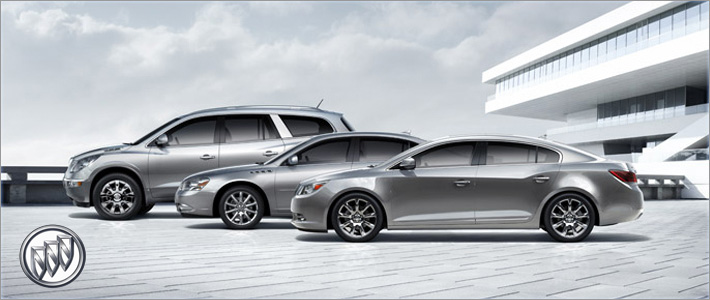
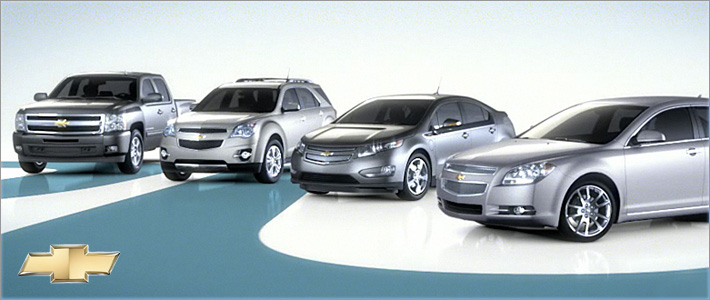
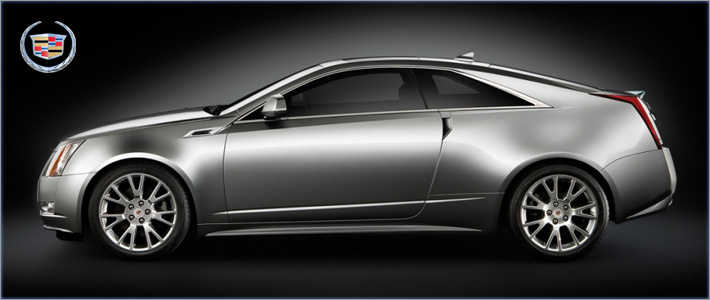
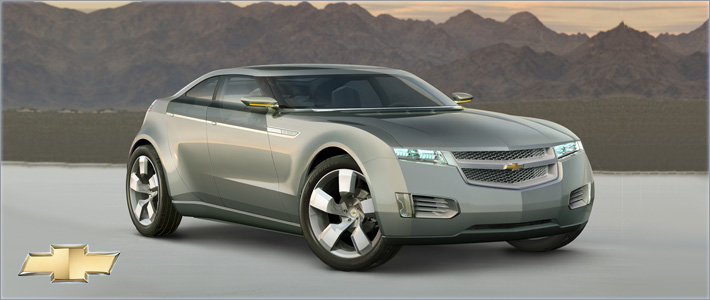
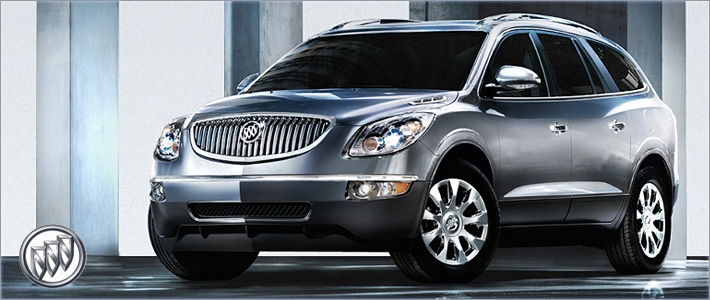
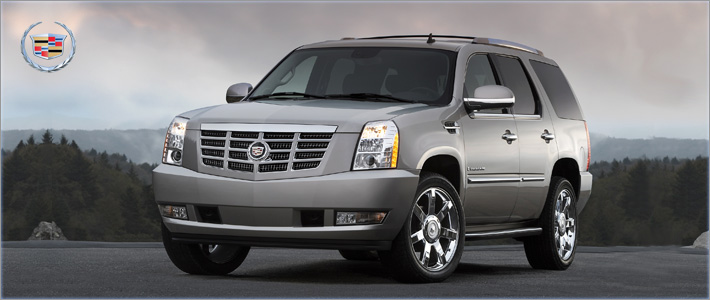
Buick Lucerne - The Power of General Motors
 The Buick Lucerne is one of Buick's newest models. It is contemporary in appearance and available with such modern-day features as an MP3 player input jack, overhead-cam V8, a full menu of head- and chest-protecting side airbags, an available blind-spot alert system and even heated and cooled front seats. At heart, though, the Lucerne is still a traditional Buick sedan. It's a front-wheel-drive, full-size car in which passenger comfort takes top priority. Seating is spacious and luxurious in both the front and rear, and Buick's "Quiet Tuning" measures, which cover everything from the thickness of the carpet padding to the design of the windshield wipers, make the Lucerne one of the quietest cars on the market. Soft suspension tuning results in a plush, absorbent ride.
The Buick Lucerne is one of Buick's newest models. It is contemporary in appearance and available with such modern-day features as an MP3 player input jack, overhead-cam V8, a full menu of head- and chest-protecting side airbags, an available blind-spot alert system and even heated and cooled front seats. At heart, though, the Lucerne is still a traditional Buick sedan. It's a front-wheel-drive, full-size car in which passenger comfort takes top priority. Seating is spacious and luxurious in both the front and rear, and Buick's "Quiet Tuning" measures, which cover everything from the thickness of the carpet padding to the design of the windshield wipers, make the Lucerne one of the quietest cars on the market. Soft suspension tuning results in a plush, absorbent ride.
Competition is tight among large sedans, however. Consumers should be aware that the Lucerne is still missing several key features and lacks the handling precision of most of its competitors. Traditional Buick buyers may be willing to overlook these faults, but the younger buyers whom the company wants to attract may not be so forgiving. The Buick Lucerne full-size sedan is available in three basic trim levels: CX, CXL and Super. The CX is split into two sub-trims, while the CXL is comprised of no fewer than five sub-trims. All but the Super are propelled by a 227-horsepower 3.9-liter V6, while the Super boasts V8 power with 292 hp. A four-speed automatic transmission is standard.
 Inside, the Buick Lucerne has a clean design with solid materials and simple, well-organized controls. Unfortunately, there are still a few cheaper plastics thrown into the mix, and build quality can be inconsistent. Key Buick Lucerne Accessories include Bluetooth connectivity, a navigation system with real-time traffic reporting, an available blind-spot alert system and leather seating.
Inside, the Buick Lucerne has a clean design with solid materials and simple, well-organized controls. Unfortunately, there are still a few cheaper plastics thrown into the mix, and build quality can be inconsistent. Key Buick Lucerne Accessories include Bluetooth connectivity, a navigation system with real-time traffic reporting, an available blind-spot alert system and leather seating.
Though the Super boasts adaptive Magnetic Ride Control shock absorbers (which tighten up the large sedan's cornering attitude and make it more enjoyable to drive on curvy roads) the Lucerne still won't appeal to demanding drivers. However, most will agree that its comfortable cruising demeanor is hard not to like on long road trips. Braking is, unfortunately, not one of the Lucerne's strong points, as our testing revealed stopping distances that were the longest in the full-size sedan class.
 Introduced for the 2006 model year, the Buick Lucerne was initially offered in CX, CXL and CXS trim levels. Standard on the CX and CXL was Buick's 3800 V6, an engine with roots that could be traced back to the early 1960s. With 197 hp, the 3800 was low on power compared to the Lucerne's rivals. The more desirable CXS came with a 275-hp, 4.6-liter "Northstar" V8 that was optional for the CXL. The 4.6 could move the big sedan to 60 mph in a respectable 7.7 seconds. The big Buick was essentially unchanged its sophomore year, while 2008 saw the debut of the Super (which replaced the CXS and offered a more powerful V8) as well as the adoption of modern technologies such as lane departure and blind-spot warning systems. For '2009, a new 3.9-liter 227-hp (219 hp in California-emissions states) V6 replaced the old 3.8-liter unit. That year also saw the addition of Bluetooth connectivity.
Introduced for the 2006 model year, the Buick Lucerne was initially offered in CX, CXL and CXS trim levels. Standard on the CX and CXL was Buick's 3800 V6, an engine with roots that could be traced back to the early 1960s. With 197 hp, the 3800 was low on power compared to the Lucerne's rivals. The more desirable CXS came with a 275-hp, 4.6-liter "Northstar" V8 that was optional for the CXL. The 4.6 could move the big sedan to 60 mph in a respectable 7.7 seconds. The big Buick was essentially unchanged its sophomore year, while 2008 saw the debut of the Super (which replaced the CXS and offered a more powerful V8) as well as the adoption of modern technologies such as lane departure and blind-spot warning systems. For '2009, a new 3.9-liter 227-hp (219 hp in California-emissions states) V6 replaced the old 3.8-liter unit. That year also saw the addition of Bluetooth connectivity.
The Lucerne essentially succeeded both Buick's family sedan LeSabre and its upscale Park Avenue. These sedans were similar in size to the Lucerne, but much more traditional in their styling. Compared to these cars, the Lucerne has superior interior materials, a quieter ride and greater availability of features, among these the optional Northstar V8. However, if you're just looking for a roomy, comfortable sedan with reasonable performance, used LeSabres and Park Avenues can be had at affordable prices.